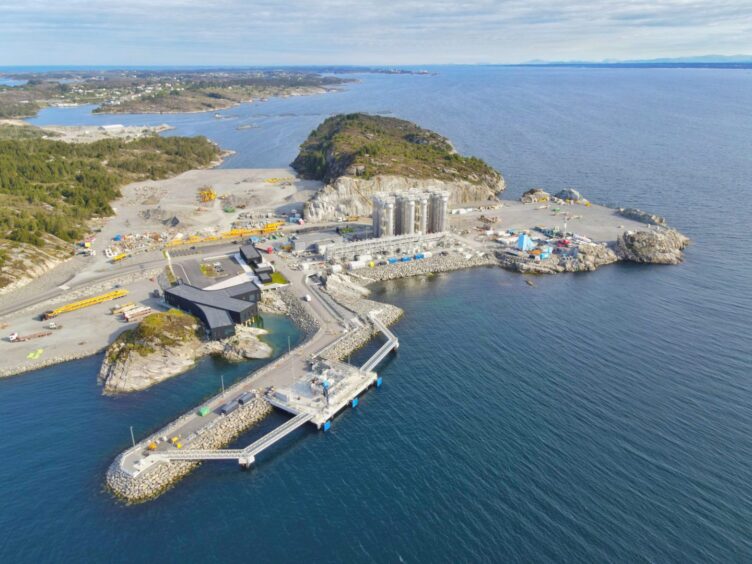
Aberdeen-based Wood (LON: WG) has successfully assessed the technical feasibility of three carbon capture and storage (CCS) projects on the Norwegian Continental Shelf.
The company has advanced the Trudvang, Luna and Havstjerne CCS projects, which combined can store up to 21 million tonnes of CO2 annually, the equivalent of nearly half of Norway’s total CO2 emissions in 2023 (46.6 million tonnes).
Wood’s techno-economic assessments – the method for evaluating the economic performance of technology – have laid the groundwork for sustainable CO2 transportation solutions, enabling the projects to progress to the next stage of development.
The assessment included cutting-edge flow assurance simulations, development of CO2 specifications, specialised subsea field layouts and innovative marine loading and offloading solutions.
Executive president of consulting at Wood Azad Hessamodini said: “I am incredibly proud of our advisory team’s dedication and expertise, which have been instrumental in driving these projects forward.
“Our long-standing presence in the North Sea, combined with the strategic scopes of work we have secured in the Norwegian Continental Shelf, underscore our commitment to bringing investible and scalable decarbonisation solution to the region. We are honoured to support Norway in its journey towards a low carbon future.”
The CCS licenses are owned by Sval, Storegga and Var Energi (Trudvang), Wintershall Dea and Total (Luna) and Wintershall Dea and Altera (Havstjerne).
Wood’s technical experts from Stavanger, Sandefjord, Galway, Aberdeen and Reading are working together to deliver these scopes.
Recent years have seen Norway become a global leader in CCS. The country is at the centre of a cross-border transport agreement along with Denmark, Belgium, the Netherlands and Sweden.
Notably, this deal did not involve the UK, raising fears that the British CCS industry could fall behind those of other North Sea players.
With Norway positioning itself as a global hub for CCS, the UK will need to overcome regulatory and technological hurdles to develop a competitive CO2 storage industry of its own.

